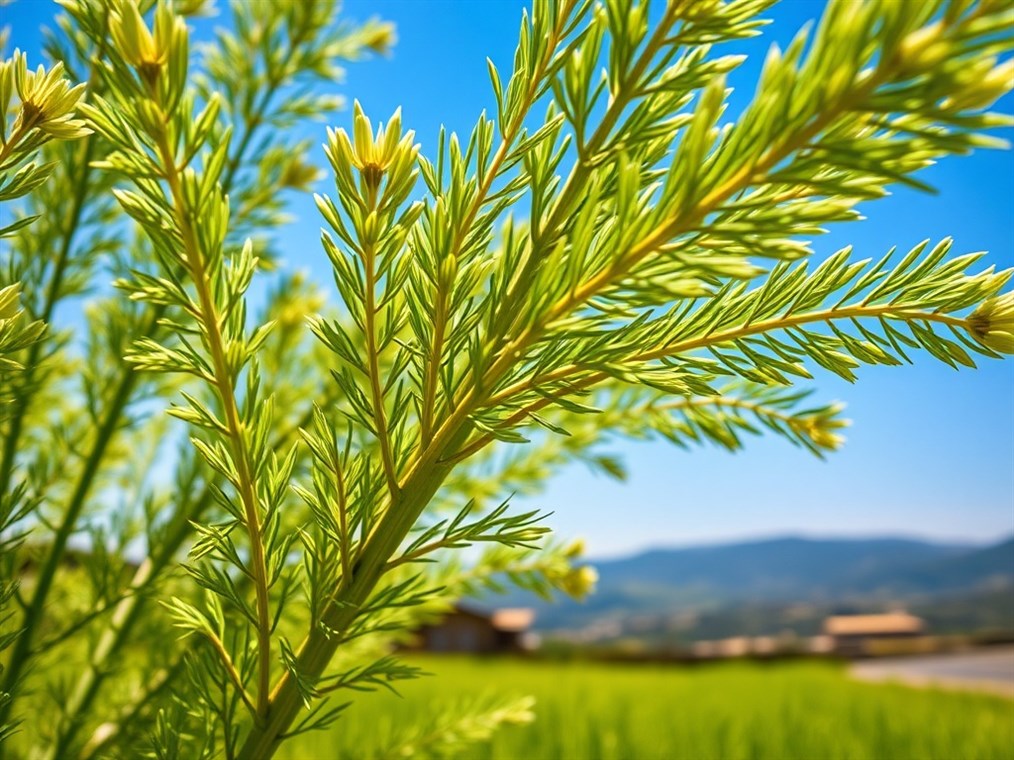Drying Fennel Leaves: A Home Cook’s Guide to Preserving Flavor
Fennel. Just the word conjures up images of sun-drenched Mediterranean fields and the delicate, licorice-y aroma that dances on the breeze. While we often think of the bulb as the star – roasted to sweet perfection or shaved thinly into salads – don’t underestimate those feathery green fronds! Drying fennel leaves is a fantastic way to keep that unique flavor alive long after the growing season ends. Trust me, you’ll be reaching for them all year round.
So, why bother drying them in the first place? Well, drying concentrates those lovely flavors, giving you a potent little flavor bomb to use in your cooking. Think of it: a pinch of dried fennel leaves can brighten up a winter stew or add a surprising twist to a simple vinaigrette. I’ve even used it as a secret ingredient in my fish tacos – seriously, try it! They bring a subtle sweetness and a hint of anise that just works, especially with seafood and poultry.
Now, let’s get down to the nitty-gritty: how do you dry these delicate fronds? You’ve got a few options, each with its own set of pros and cons.
The Old-Fashioned Way: Air Drying
This is how grandma probably did it, and it’s still a great option if you’re not in a hurry. Simply wash your fennel leaves and gently pat them dry – you don’t want any lingering moisture. Gather a small bunch of stems and tie them together with twine. Hang them upside down in a cool, dry, and airy spot, away from direct sunlight. Think of a shady corner in your pantry or even a spare closet. Patience is key here; it usually takes about one to two weeks for them to dry completely. You’ll know they’re ready when they’re brittle and crumble easily in your hand.
Speed It Up: Oven Drying
Want dried fennel leaves, like, now? Your oven can help! Set it to the lowest possible temperature – around 170-200°F is ideal. Again, wash and dry those leaves. Spread them out in a single layer on a baking sheet. Keep a close eye on them, as they can burn easily. They’ll likely need 2-4 hours to dry completely. I’ve been known to peek every half hour or so, just to make sure they’re not getting too toasty. Crispy is good; burnt is not!
The Gadget Guru: Dehydrator
If you’re serious about preserving herbs, a dehydrator is a worthwhile investment. It offers consistent and controlled drying, which is a huge plus. Just arrange your washed and dried fennel leaves on the trays in a single layer. Follow the manufacturer’s instructions for herbs – usually around 95-115°F for 4-8 hours. The beauty of a dehydrator is that you can “set it and forget it” (almost!).
In a Pinch: Microwave Drying
Okay, this is the emergency method. It’s fast, but it can be tricky. Place your fennel leaves between two paper towels and microwave on 60% power in short bursts – think one to two minutes at a time. Check them after each interval. The goal is to dry them out without turning them to ash. Honestly, I only use this method when I’m really desperate!
Storing Your Dried Treasure
Alright, you’ve successfully dried your fennel leaves. Now what? Proper storage is crucial to maintain their flavor. Pop them into airtight glass or plastic containers. A mason jar works perfectly! Store these containers in a cool, dark, and dry place – away from sunlight and heat. Think pantry shelf, not windowsill. For long-term storage, you can even freeze them. Properly stored, your dried fennel leaves should last for up to a year.
Beyond the Basics: Creative Uses
Dried fennel leaves are more than just a seasoning. Get creative! I love making fennel salt by grinding dried fronds with coarse sea salt in a mortar and pestle. It’s fantastic sprinkled on roasted vegetables or grilled chicken. You can also infuse olive oil with dried fennel leaves for a flavorful drizzle. And don’t forget tea! A simple fennel tea can be incredibly soothing.
A Few Things to Keep in Mind
Now, a word of caution: some folks say that fennel fronds, like dill, can lose some of their oomph when dried. And it’s true, that delicate, fresh flavor can fade a bit. But you’ll still get that distinct anise note, which is what we’re after. If you’re really worried about flavor loss, consider freezing your fennel leaves instead. I like to chop them up and freeze them in ice cube trays with water. Then, I can just pop out a cube whenever I need a burst of fresh fennel flavor in soups or sauces.
So there you have it! Drying fennel leaves is a simple way to capture the essence of summer and enjoy that unique flavor all year long. Get out there, harvest those fronds, and get drying! Your taste buds will thank you.

